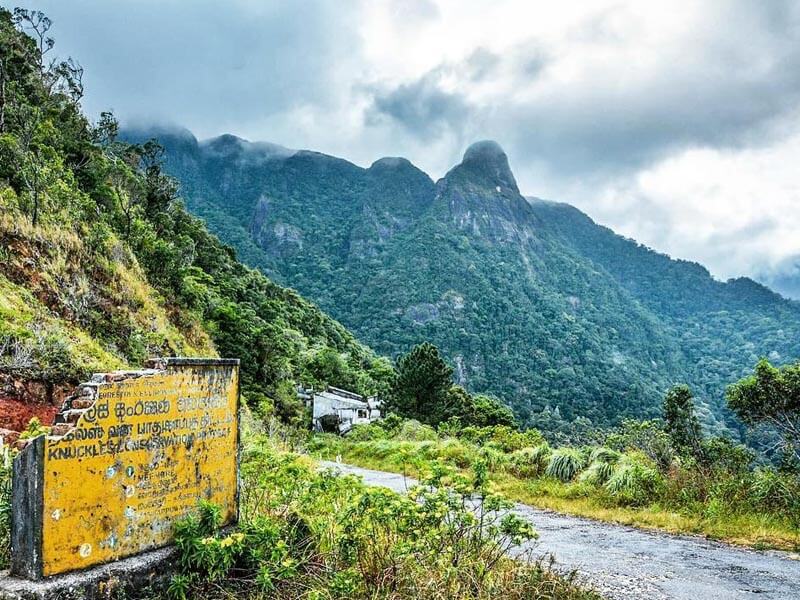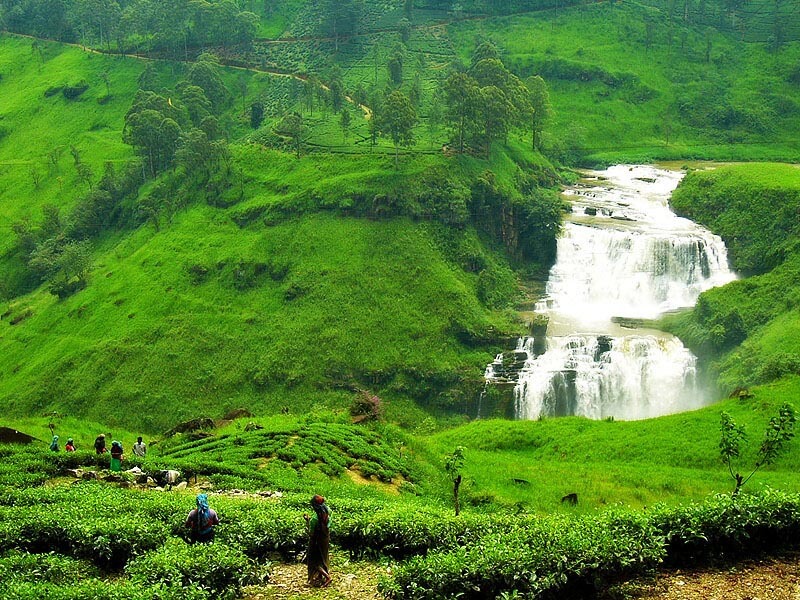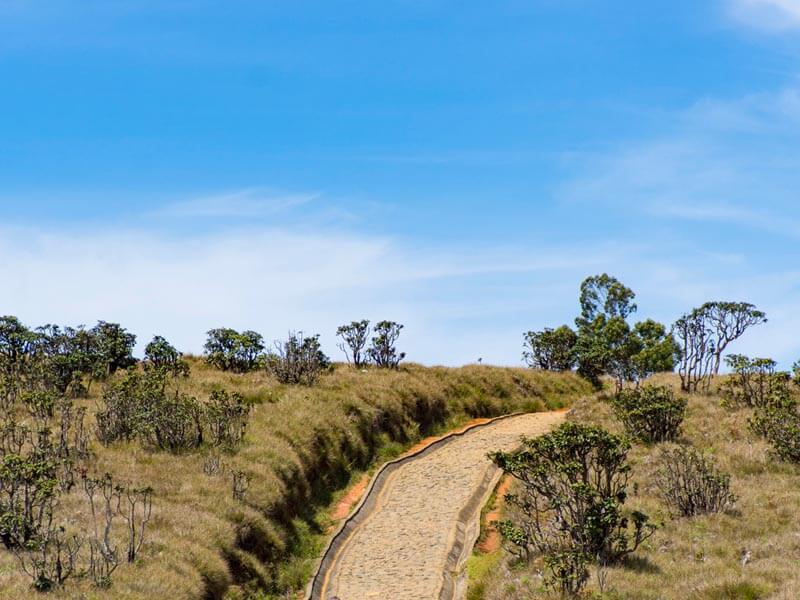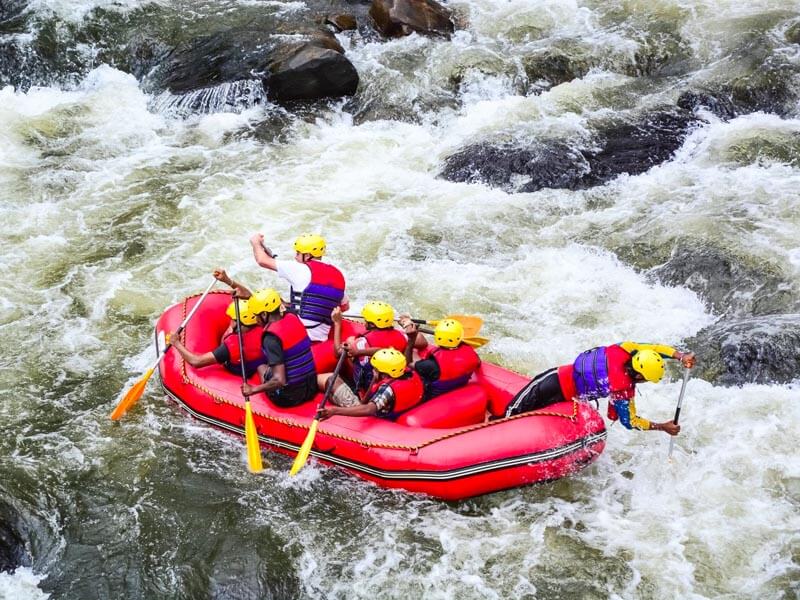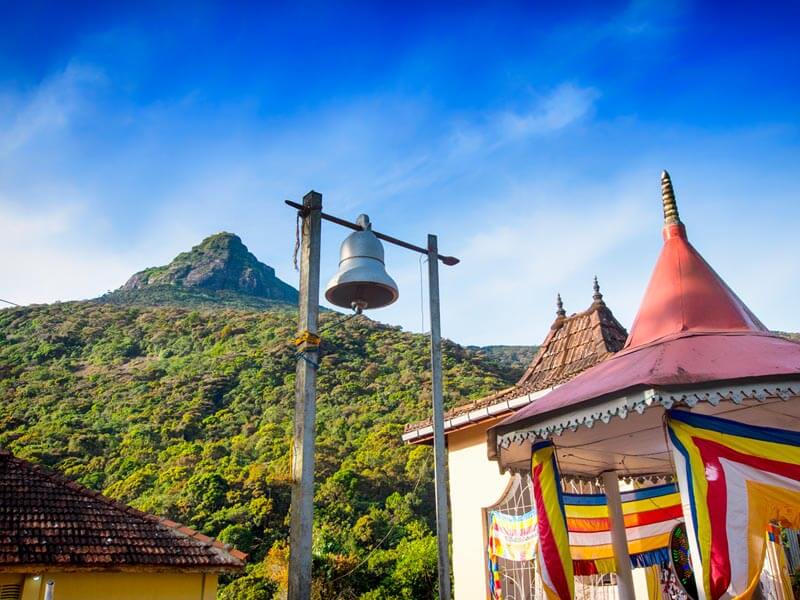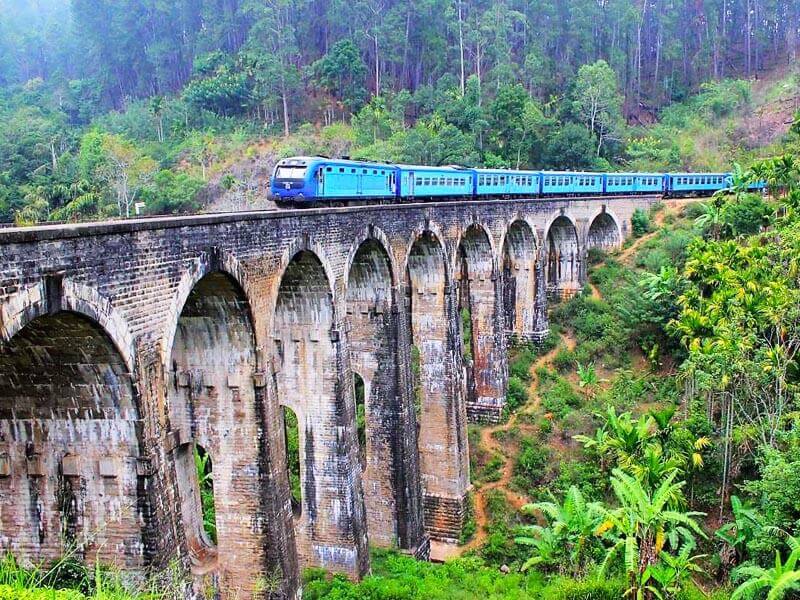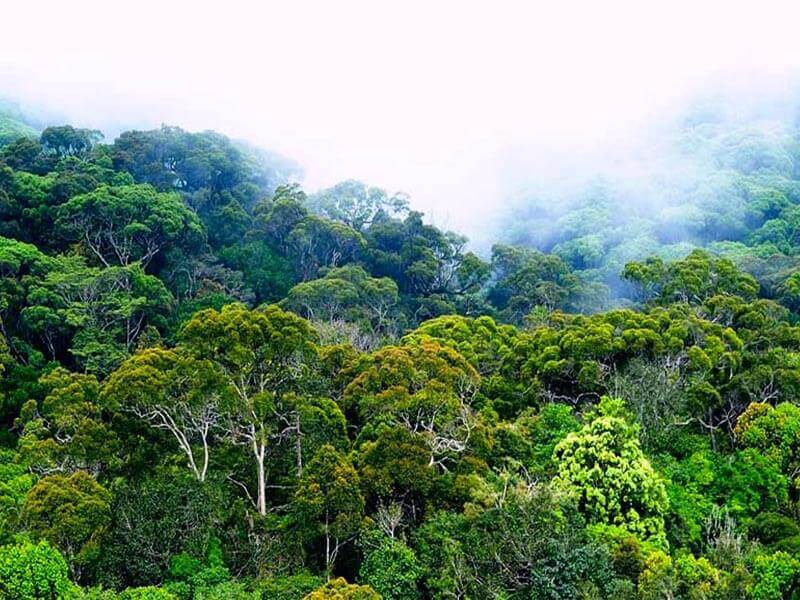Adam’s Peak – Sri Pada or Samanalakanda, (Butterfly Mountain) is a 2,243 m (7,359 ft) tall conical mountain located in central Sri Lanka. It is well known for the Sri Pada, “sacred footprint” rock formation near the summit, which in Buddhist tradition is held to be the footprint of the Buddha, in Hindu tradition that of Shiva and in Islamic and Christian tradition that of Adam, or that of St. Thomas. Adam’s Peak is important as a watershed. The districts to the south and the east of Adam’s Peak yield precious stones—emeralds, rubies and sapphires, for which the island has been famous, and which earned for its ancient name of Ratnadvipa.
The pilgrim’s season to Sri Pada traditionally starts on the full moon of December and ends on the full moon of April. It takes a while for the crowds to build up but by the second half of the season they can be very large so it is best to go earlier. Weekends and particularly full moon days are always crowded and should be avoided. Most people make the climb at night so they can arrive in time for the sunrise.
Access to the mountain is possible by 6 trails: Ratnapura-Palabaddala, Hatton-Nallathanni, Kuruwita-Erathna, Murraywatte, Mookuwatte & Malimboda. The usual route taken by most pilgrims is ascent via Hatton and descent via Ratnapura; although the Hatton trail is the steepest, it is also shorter than any of the other trails by approximately five kilometers.
